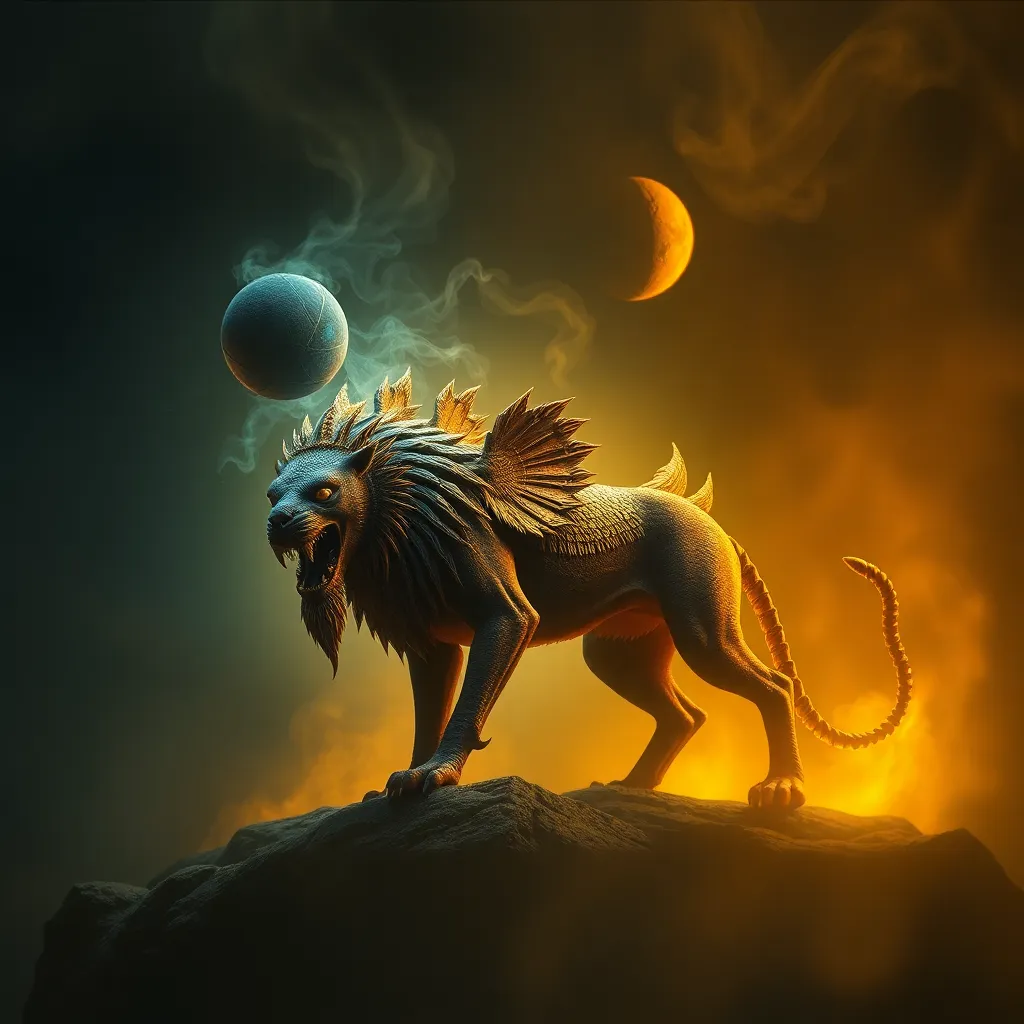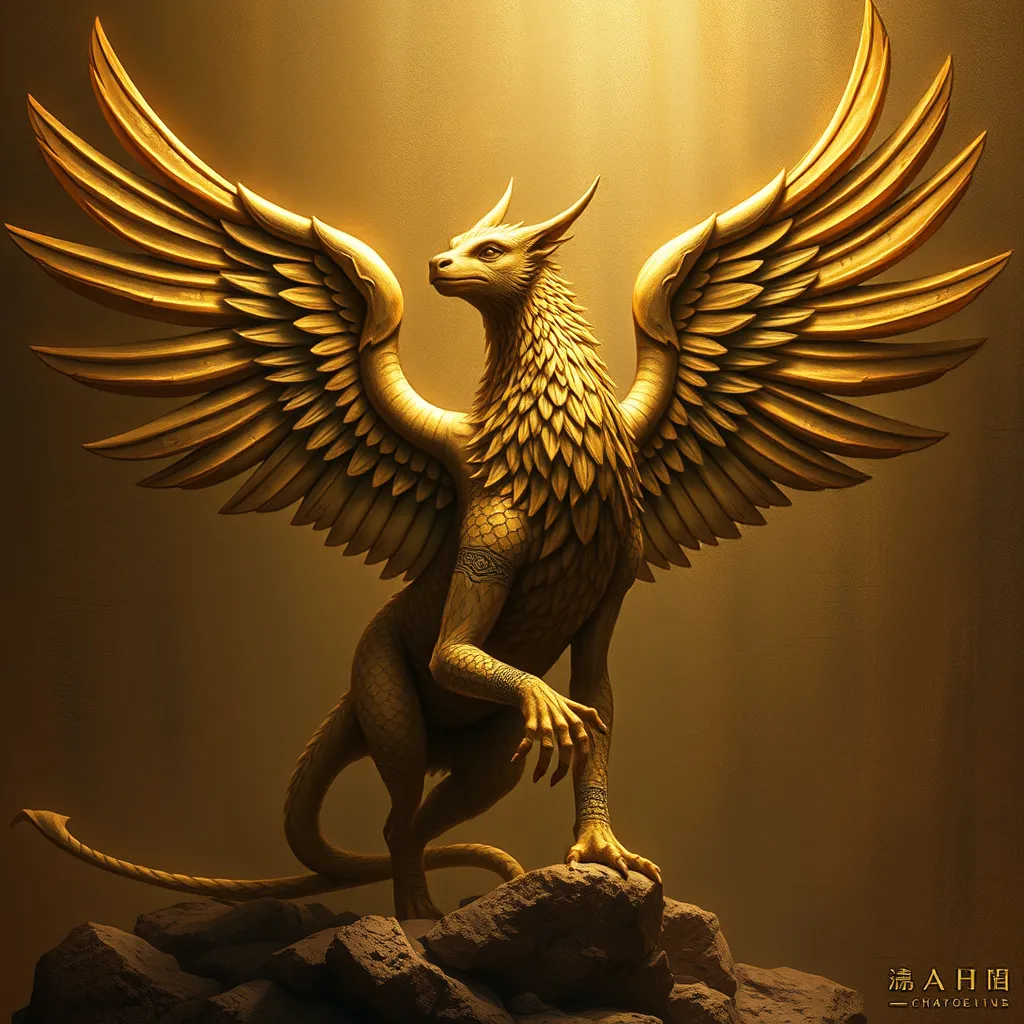The Power of Myth: Ah Puch and the Story of Our Humanity
I. Introduction to Mythology and Its Significance
Mythology is a collection of stories that a culture uses to explain its beliefs, values, and traditions. These narratives often feature deities, heroes, and mythical creatures that embody the human experience and offer insights into the mysteries of life and death. Myths serve as a lens through which we can understand our existence, shaping our worldview and influencing our behavior.
In Mesoamerican mythology, one of the most significant figures is Ah Puch, the Lord of Death. This article delves into the essence of Ah Puch, exploring his role in Maya culture and his broader implications for our understanding of humanity.
II. Who is Ah Puch? The Lord of Death in Maya Mythology
Ah Puch is a prominent figure in Maya mythology, often depicted as the god of death and the ruler of the underworld, known as Xibalba. His historical context is deeply rooted in the beliefs of the ancient Maya civilization, which flourished in Mesoamerica from approximately 2000 BC to the Spanish conquest in the 16th century. Ah Puch was invoked during rituals related to death and the afterlife, reflecting the Maya’s complex views on mortality.
A. Historical context of Ah Puch in Maya culture
In the Maya worldview, death was not an end but a transition to another state of existence. Ah Puch’s role in this cycle was crucial, as he guided souls through the afterlife, determining their fate based on their earthly deeds. This belief system emphasized the importance of living a moral life, as one’s actions directly influenced their journey after death.
B. Iconography and symbolism associated with Ah Puch
Ah Puch is often represented in Maya art as a skeletal figure adorned with distinctive symbols of death, such as a skull and crossbones. His imagery typically includes:
- A skeletal body, representing the inevitability of death.
- Black and dark colors, symbolizing the underworld and the unknown.
- Symbols of decay and transformation, reflecting the cyclical nature of life and death.
C. Ah Puch’s role in the Maya underworld and beliefs about death
As the ruler of Xibalba, Ah Puch was central to the Maya’s understanding of the afterlife. The journey through Xibalba was fraught with challenges, and the dead had to confront various trials before reaching their final destination. This belief highlights the duality of life and death, where Ah Puch serves both as a fearsome deity and a necessary guide.
III. Themes of Life and Death in Ah Puch’s Narrative
The narrative surrounding Ah Puch embodies profound themes of life and death, reflecting the cyclical nature of existence. In mythology, life and death are inextricably linked, illustrating the idea that one cannot exist without the other.
A. The cyclical nature of life and death in mythology
Myths often emphasize the cycles of nature, mirroring the seasons and human experiences. The story of Ah Puch reinforces this idea, as death leads to rebirth and renewal. This cyclical view can be seen in various cultures worldwide, where death is not viewed as an end but as a transformation.
B. Ah Puch’s representation of mortality and the human condition
Ah Puch represents the inevitability of death and the human condition’s fragility. His narrative encourages reflection on mortality, prompting individuals to consider their legacy and the impact of their lives.
C. How these themes resonate across different cultures
Similar themes of life and death are prevalent in many cultures. For instance:
- In Greek mythology, the concept of the afterlife is embodied by Hades.
- In Hinduism, the cycle of rebirth (samsara) and karma reflects the interconnectedness of life and death.
- In African mythology, ancestral spirits often guide the living, emphasizing the continuity between life and the afterlife.
IV. The Psychological Impact of Myths on Humanity
Myths have a profound psychological impact on humanity, offering a framework for understanding our fears, aspirations, and the human experience.
A. The collective unconscious and Carl Jung’s theories
Carl Jung proposed the idea of the collective unconscious, suggesting that shared myths and archetypes resonate deeply within the human psyche. Ah Puch, as an archetype of death, embodies universal themes that evoke powerful emotions and reflections on our existence.
B. Myths as a reflection of human fears and aspirations
Myths often reflect our deepest fears—especially fear of death—and our aspirations for meaning and immortality. Ah Puch’s story serves as a reminder of our mortality while simultaneously encouraging us to seek purpose and connection in our lives.
C. The relevance of Ah Puch in contemporary existential discussions
In today’s world, where existential questions abound, Ah Puch’s narrative can provide valuable insights. His story encourages individuals to confront their mortality and embrace life with greater awareness and empathy.
V. Ah Puch in Modern Interpretations and Adaptations
Ah Puch has found a place in modern interpretations and adaptations, reflecting a renewed interest in ancient myths.
A. Depictions of Ah Puch in literature and art
Contemporary literature and art have begun to explore the figure of Ah Puch, often portraying him as a complex character rather than a mere personification of death. This shift allows for a deeper understanding of the themes he represents.
B. The resurgence of interest in ancient myths in popular culture
With the rise of fantasy literature and media, ancient myths are experiencing a renaissance. Ah Puch and other mythological figures are being reimagined, making them accessible to new audiences.
C. How modern interpretations can shape our understanding of death
Modern adaptations of Ah Puch serve to demystify death, encouraging discussions about mortality and the human experience. By engaging with these narratives, individuals can find solace and understanding in their own lives.
VI. The Role of Myths in Cultural Identity and Community
Myths play a crucial role in shaping cultural identity and fostering community bonds.
A. Myths as a unifying force within societies
Shared myths can unite individuals within a community, providing a common narrative that reinforces social cohesion. Ah Puch’s story has historically brought the Maya people together in their understanding of life, death, and the afterlife.
B. The importance of Ah Puch in Maya community rituals and beliefs
Ah Puch is integral to various Maya rituals, where he is invoked during ceremonies related to death and the afterlife. These practices help preserve cultural heritage and reinforce communal ties.
C. Myths as a tool for preserving cultural heritage
In an increasingly globalized world, myths like that of Ah Puch serve as vital tools for preserving cultural identity. They remind communities of their shared history and values, fostering a sense of belonging and continuity.
VII. Lessons from Ah Puch: Understanding Our Humanity
The story of Ah Puch offers valuable lessons about morality, the human condition, and our connection to one another.
A. The moral and ethical teachings derived from Ah Puch’s story
Ah Puch’s narrative encourages individuals to reflect on their actions and the impact they have on others. It serves as a reminder that we are accountable for our choices and that our lives have meaning beyond mere existence.
B. Reflection on mortality and the meaning of life
Contemplating Ah Puch’s role in the cycle of life and death invites us to consider our mortality. Embracing this reality can lead to a more profound appreciation for life and the connections we make.
C. How embracing these lessons can foster empathy and connection
By understanding the themes embodied by Ah Puch, we can cultivate empathy and compassion towards others. Recognizing our shared mortality can inspire us to connect with one another on a deeper level, fostering a sense of community and support.
VIII. Conclusion: Embracing the Power of Myth in Our Lives
Ah Puch, as a central figure in Maya mythology, offers rich insights into the human experience, particularly concerning life, death, and morality. His story serves as a powerful reminder of our shared humanity and the cyclical nature of existence.</



